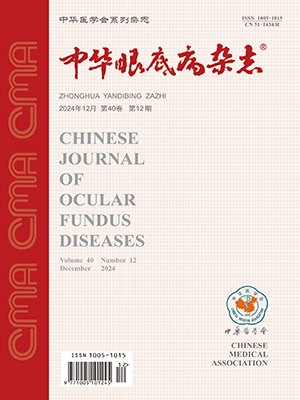Objective To observe the permeability and stability of the transfection of antisense oligonucleotide (ASODN) hybridized epidermal growth factor receptor (EGFR) to retinal glial cells (RG).Methods Phosphorothioate and unmodified EGFR ASODN conjugated with 5′-isothioc yanate (5′-FITC) were encapsulated with or without lipofectin, and then added into human retinal glial cells culture media. The cellular permeability and stability of the transfection were observed by fluorescence microscopy in fixed cells.Results In the absence of lipofectin, phosphorothioate and unmodified EGFR ASODN were found in a few RG cells at 30 minutes, and in about 50% RG cells at 4 hours. Phosphorothioate EGFR ASODN were kept in RG cells for 3-4 hours and disappeared at about 8 hours. In the presence of lipofectin, phosphoro thioate and unmodified EGFR ASODN were found in a few RG cells at 15 minutes and about 70%-80% RG cells at 4 hours. Phosphorothioate EGFR ASODN were kept in cells for 10-12 hours, and phosphorothioate and unmodified EGFR ASODN were disapp eared at about 14 hours and 4 hours respectively.Conclusion 5′-FITC EGFR ASODN encapsulated with lipofectin could enter RG cells and express stably in RG cells. (Chin J Ocul Fundus Dis,2003,19:52-54)
Citation: FU Mingshui,ZHANG Xi,QIU Qinghua. The transfection of epidermal growth factor receptor antisense oligonucleotide to retinal glial cells. Chinese Journal of Ocular Fundus Diseases, 2003, 19(1): 52-54. doi: Copy
Copyright © the editorial department of Chinese Journal of Ocular Fundus Diseases of West China Medical Publisher. All rights reserved




